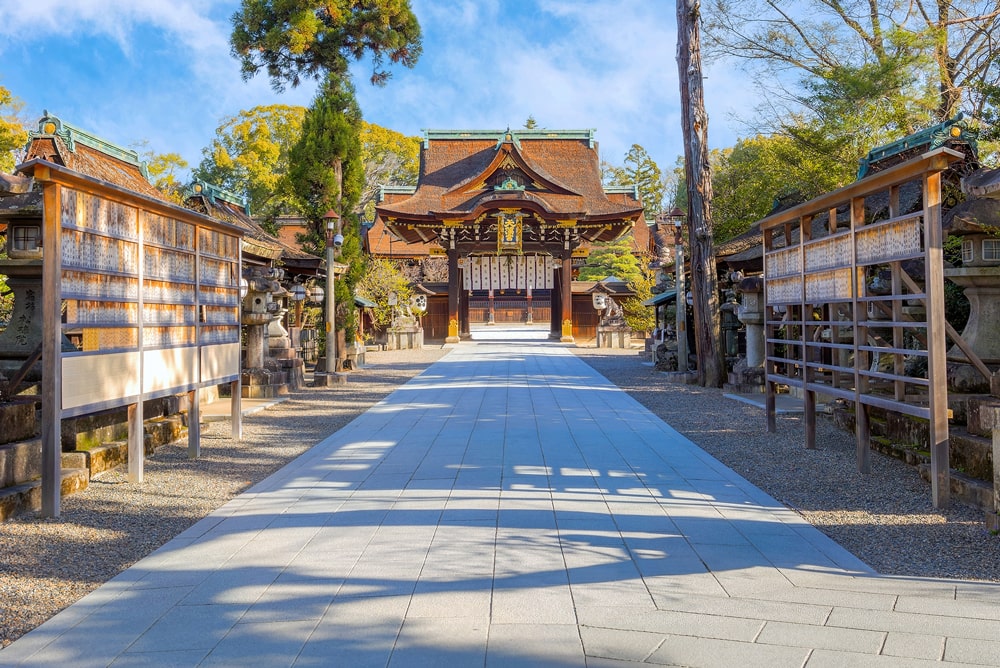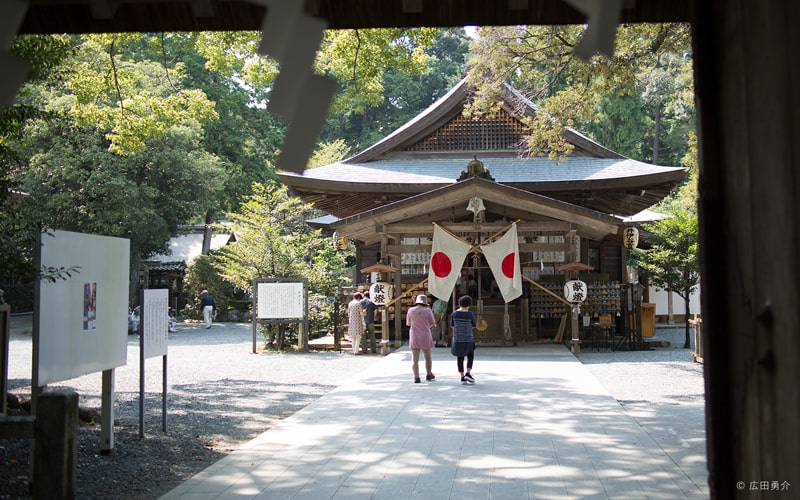Jinja
About Jinja
A “jinja” is a sacred space, the seat of one or more kami.
Different jinja honour different kami, often more than one, in different combinations, and different aspects of the same kami are often emphasised at different jinja. The kami themselves are very diverse, and this is reflected in the diversity of jinja.
In ancient times, it seems that there were no permanent locations at which the kami were honoured. Instead, kami were invited to attend rites called “matsuri”, and then bid farewell afterwards. In time, these rites came to be held at fixed locations, and later the kami were thought to be present there at all times. These were the first jinja. Buildings and other structures came later, under the influence of Buddhist temples. The oldest jinja were established well over one thousand years ago, and new ones are still being founded today.

The kami of a jinja were sometimes thought of as particular protectors of the area around the jinja, and sometimes as the protectors of a clan of people with an ancestral connection to that kami. Over time, these ideas merged, and today most jinja are thought of as particularly watching over a certain area, and the people who live and work in it. The jinja is referred to as the ujigami jinja of that area and people, and the people are referred to as the jinja’s ujiko.
A jinja exists to enable priests to serve the kami through a daily and annual cycle of matsuri, and other people visit to participate in those rites, to make requests of the kami, to give thanks for blessings received, or simply to pay their respects.
You are welcome to join them, whatever your nationality, age, sex, race, or religion.
The place where the kami is present is particularly sacred, and in many cases visitors to the jinja may not enter that area, or sometimes even see it. At many jinja, this is a building called the “honden”, or main sanctuary, but at some jinja the kami inhabits a hill, mountain, island, or waterfall, or an area of woodland in the precincts.

Jinja are as varied as the kami they venerate, and nothing on this website is true of every jinja. It describes features common to most jinja, and ways to pay your respects that are acceptable almost everywhere. However, if priests at a particular jinja ask you to do things differently there, then you should follow their instructions.


